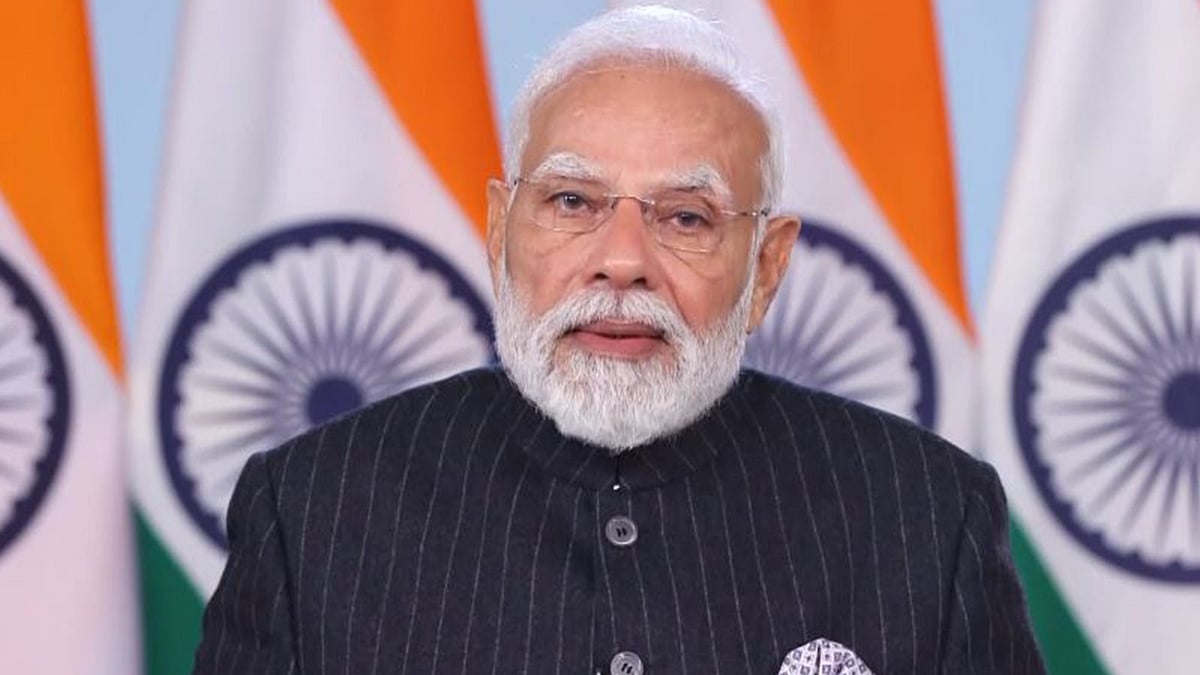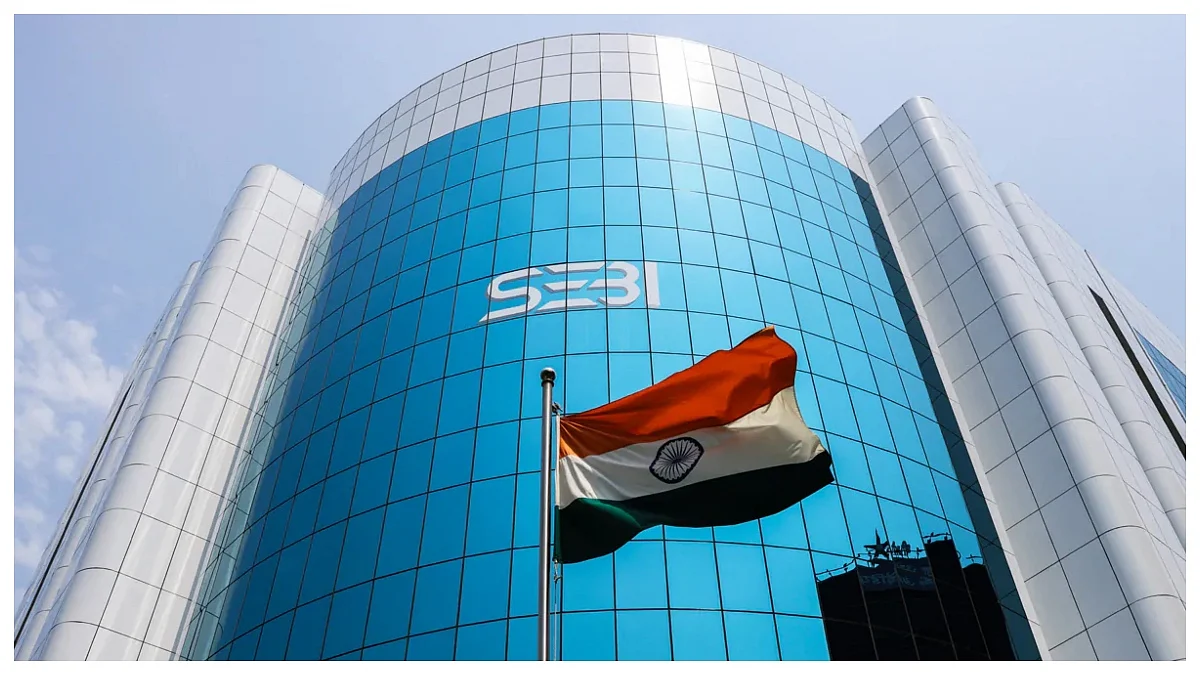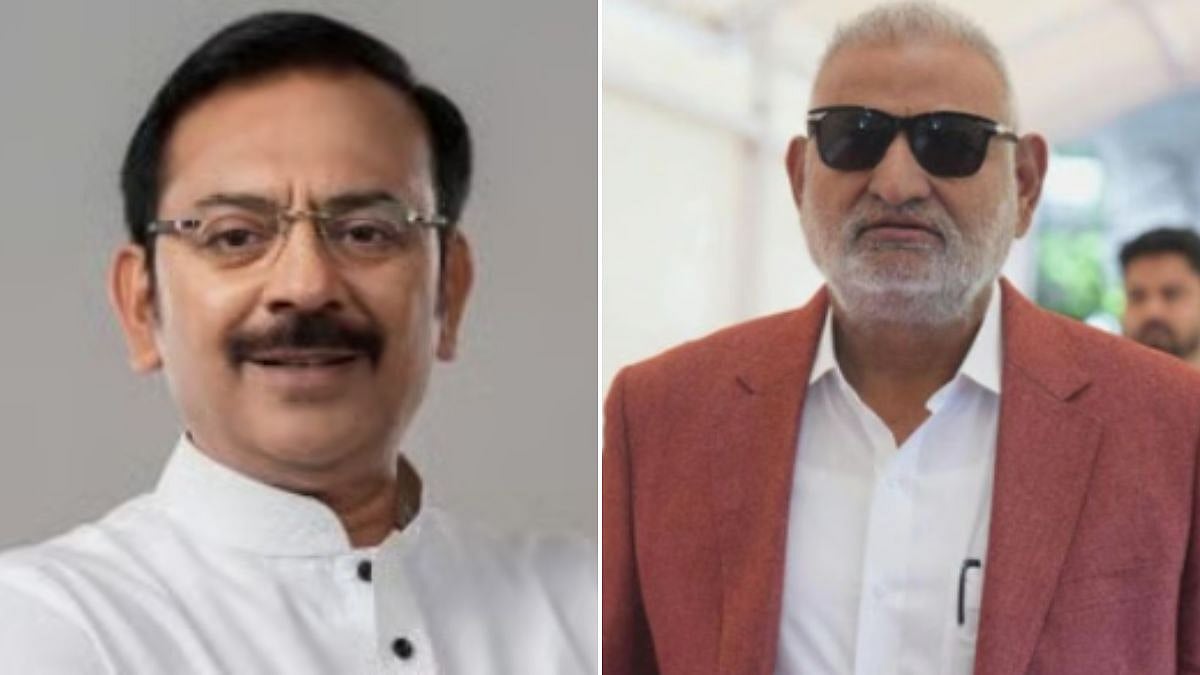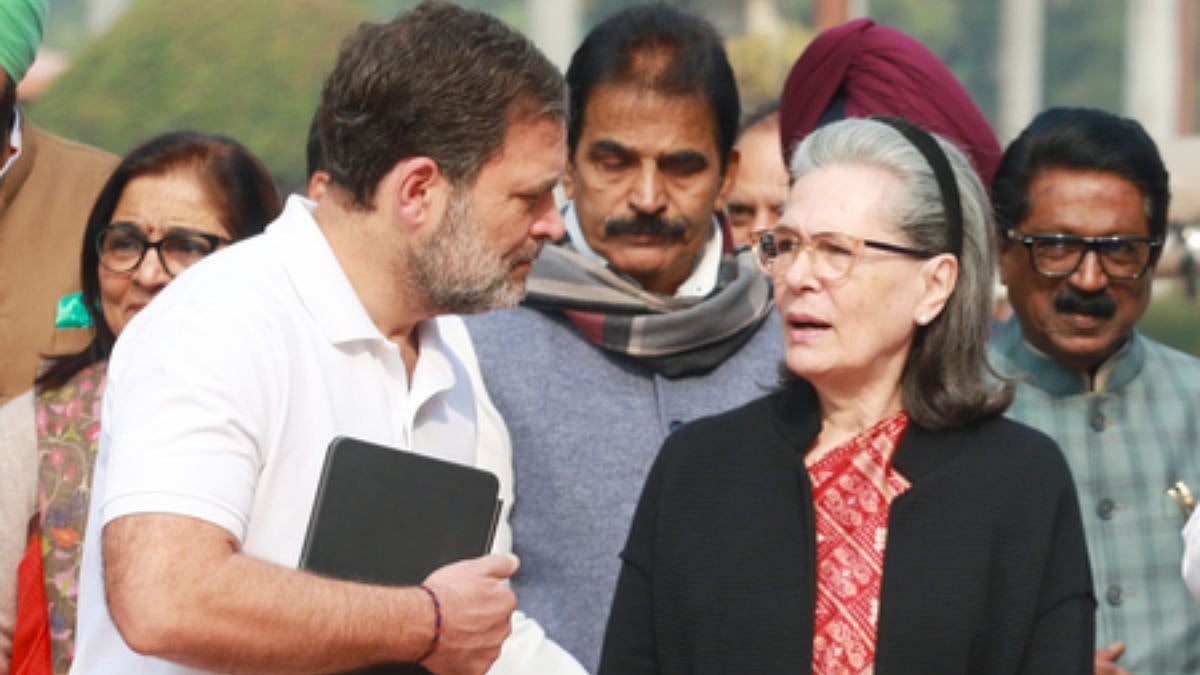Seven years ago, 17-year-old Kriti Tripathi, a student at one of Kota’s coaching establishments, jumped off a five-storey building. She left behind a letter calling for an immediate shutdown of these institutes. Since her tragic death, another 95-odd students have fallen prey to the suicide bug in the high-pressure environment of the city’s parallel education industry.
The coaching centres continue to thrive meanwhile — in full compliance with regulations, according to the state government. When the media raised questions about a spate of suicides towards the end of 2022, the Kota MLA and Rajasthan’s urban development minister, Shanti Dhariwal, staunchly defended the coaching institutes and put the onus on the students and their parents.

This year is different. Perhaps because the numbers are numbing: a record twenty-three suicides so far in 2023, six of them in the month of August. Or pehaps because elections are due in a few months and the government must be seen to act. Thus, Rajasthan minister Pratap Singh Khachariya gets the ball rolling by calling for a crackdown on Kota’s ‘coaching mafia’. And Higher Education minister Rajendra Singh Yadav promises to do so, via a new law.
Will the belated acknowledgement that there is a problem lead to concrete steps? Debatable, given that the revenue of the 150-odd coaching centres is estimated at a staggering Rs 6,000 crore. The annual remuneration for a star instructor at a high-ranking coaching centre is anything from Rs 50 lakh to 2 crore. The importance of the coaching ecosytem to the local economy must be factored in, as the annual influx of some two lakh students who need board and lodging, study materials and transport is a significant economic driver.
Kriti’s suicide note described the coaching institutes in two words: “They suck”. By all accounts, the hapless students being prepped within an inch of their lives to take the IIT Joint Entrance Examination and the National Eligibility cum Entrance Test (NEET) for medical schools (not to mention the Common Law Admission Test or CLAT) have to cope with financial, societal, parental and peer pressure, in addition to a punishing academic schedule.
Dhariwal attributed the suicides to parental pressure and sub-par performance by the students. Certainly, performance anxiety and parental expectations may play a significant role. But the issue is significantly more complex, as the OTT series Kota Factory movingly portrays. The question that needs to be asked is: just how toxic is the coaching culture and will a law make any difference?
Yadav castigated the coaching institutes for misleading students and their parents by highlighting successes and glossing over failures. But selective presentation of data is hardly a crime; some might call it smart marketing. Faulting the institutes — which are private enterprises — for a commerce-driven approach is equally unproductive.
Whether a law can compel them to create a more student-friendly environment is doubtful. The ban on physical ragging, for example, doesn’t preclude hideous verbal bullying that can lead to life-long trauma. Nor does the presence of a mandatory student counsellor ensure mental health.
The malaise lies in a system that links a student’s self-worth to passing an exam. Let’s not forget that these are adolescents, going through a stressful period of psychosocial development that psychologists term as ‘identity formation’. Confusion, insecurity, internal conflicts and role confusion are inescapable during this phase, and must be successfully resolved. The added pressures of public humiliation, social opprobium, guilt and loss of self-esteem don’t help.

Why Kota alone? According to the National Crime Records Bureau’s (NCRB), 13,000 Indian students died in 2021 — a rate of 35 every day. This, coupled with the ubiquitous parallel education industry that knows no barriers of class or geography, points to a systemic flaw in theeducation system.
The size of India’s organised and unorganised parallel education industry can only be guessed at. One estimate puts revenues of coaching centres alone at six billion dollars annually (with more coaching institutes than colleges!) and that of private tuitions at an astounding 45 billion dollars.
There’s some basis for these figures. Ten years ago, a study by ASSOCHAM indicated that a staggering 87% of primary school children and 95% of high school students received private tutoring in metro cities — the child of a domestic worker or autorickshaw driver no less than the scion of a high-profile business family. So great is the demand that result-oriented private tutors can pick and choose students, hold group classes rather than one-on-one sessions and charge fees of Rs 2000 per hour. Parents end up paying more for tuitions than for school fees!
Subjecting children to relentless study — school, homework and tuitions (which often involves additional homework) — impacts their health. A 2020 paper in the Global Journal of Human Social Sciences indicated a high incidence of headache, compromised eyesight, cervical pain and obesity among students. What’s more, the one-size-fits-all solutions peddled by tutors encourage rote learning and stifle creativity. In a sense, the hypercompetitive environment kills the spirit. Or so Kriti Tripathi, who wrote that she wanted to pursue something other than engineering, seems to have felt.
Kota is the constituency of Lok Sabha speaker Om Birla, who earlier this year called on students to “study without any stress” and to reach out to him in case of any trouble. Clearly, the students who couldn’t cope with the demands of exam preparation didn’t get the message.
Bhavdeep Kang is a senior journalist with 35 years of experience in working with major newspapers and magazines. She is now an independent writer and author










